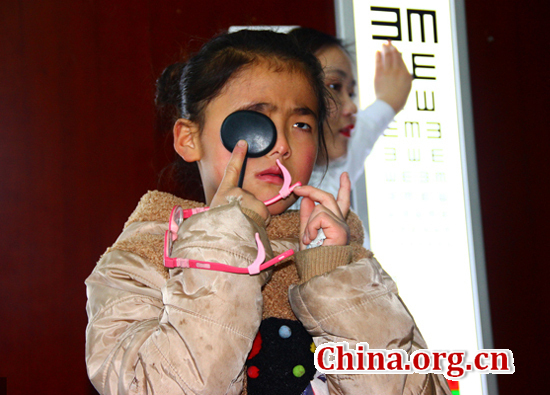China to launch first high-throughput communications satellite in April
China plans to launch Shijian-13, its first high-throughput communications satellite, in April, the China Academy of Space Technology (CAST) said Friday.
The 4.6-tonne satellite, with a message capacity of more than 20 GB, will be carried into orbit by a Long March-3B carrier rocket, according to the CAST.
An increase in satellite throughput will provide better access to the Internet on planes and high-speed trains, said Wang Min, deputy head of the CAST’s Institute of Telecommunication Satellite.
For the first time, a large number of domestic components have been used on a communications satellite with an orbital life of 15 years, Wang said. It is also the first time electric propulsion has been used on a Chinese satellite.
Shijian-13 has been transported to the Xichang Satellite Launch Center in southwest China’s Sichuan Province. After completing in-orbit technical tests, it will be designated as Zhongxing-16.
In 2017, China plans to launch six communications satellites, including Shijian-13 and Shijian-18.
Shijian-18 will be put into orbit by a Long March-5 carrier rocket in June, and will test the DFH-5 satellite platform, Wang said.
